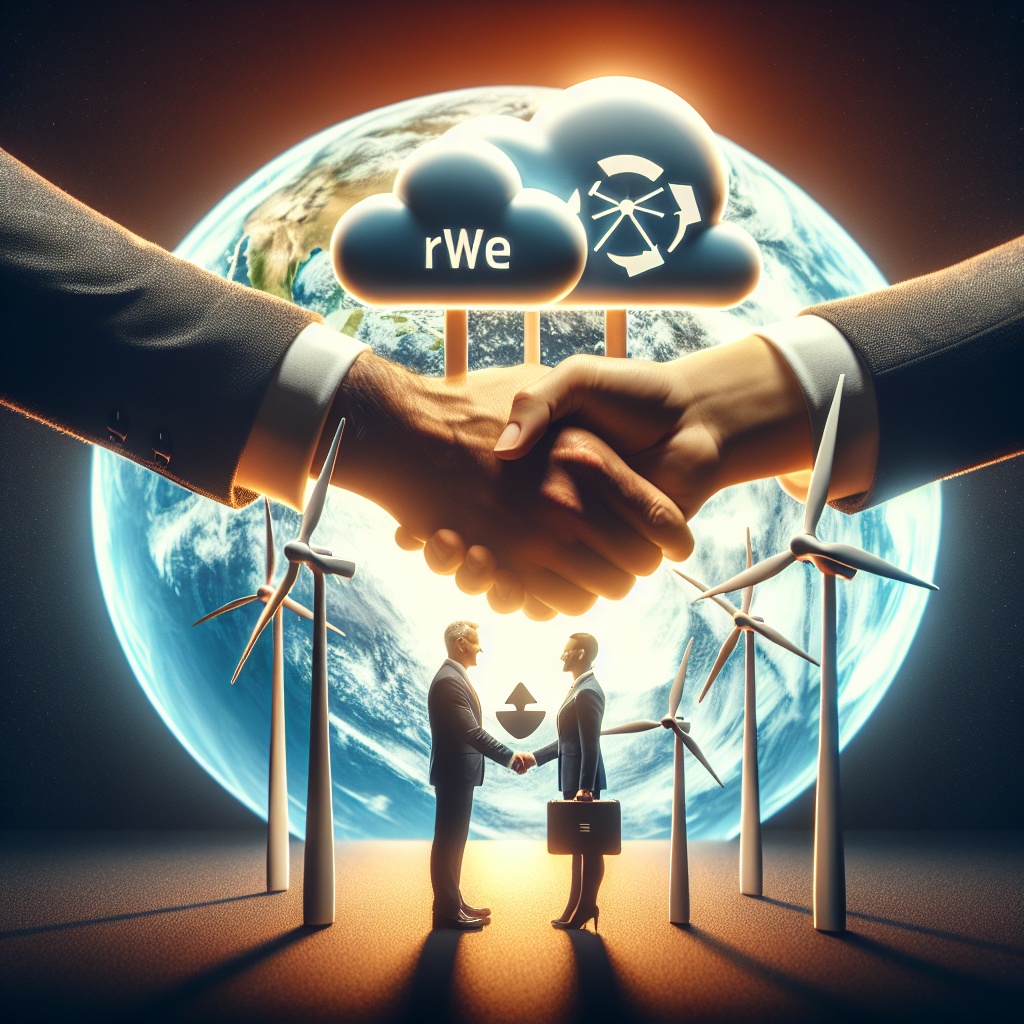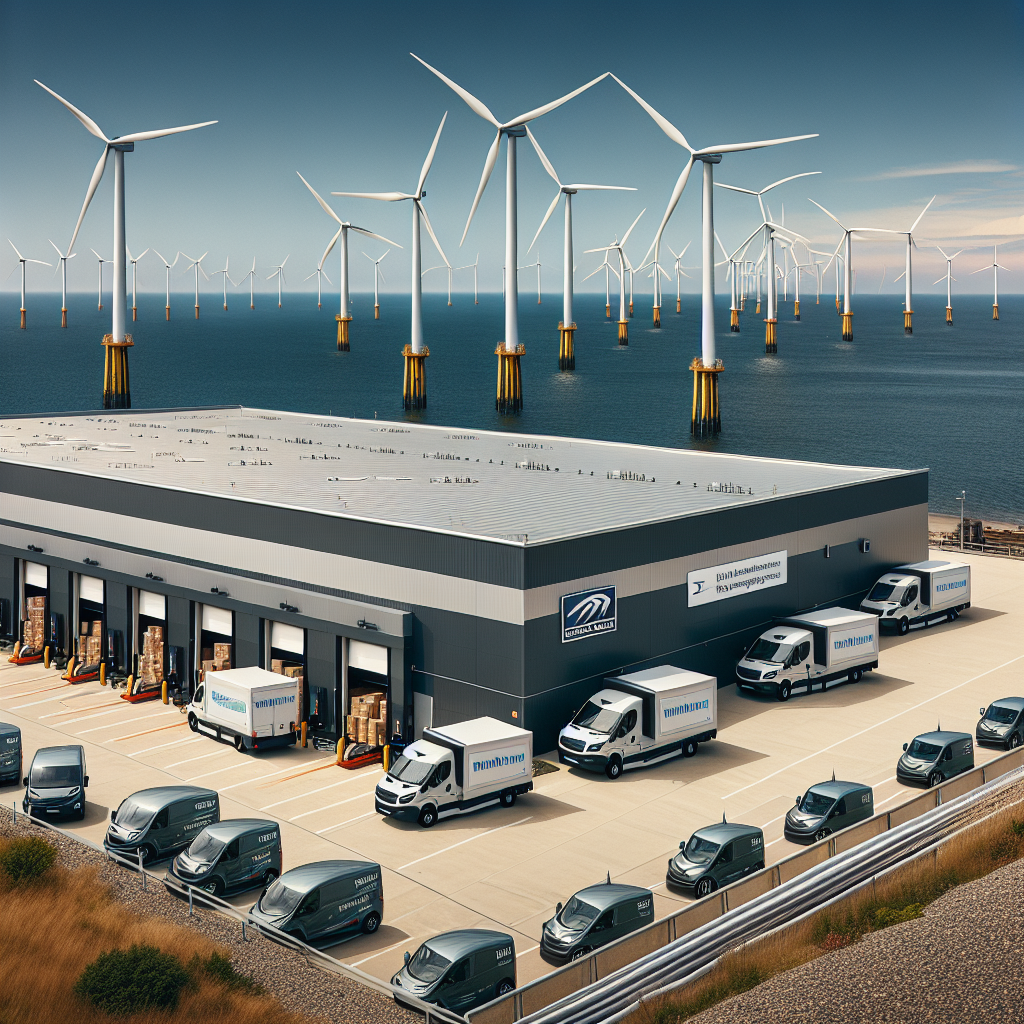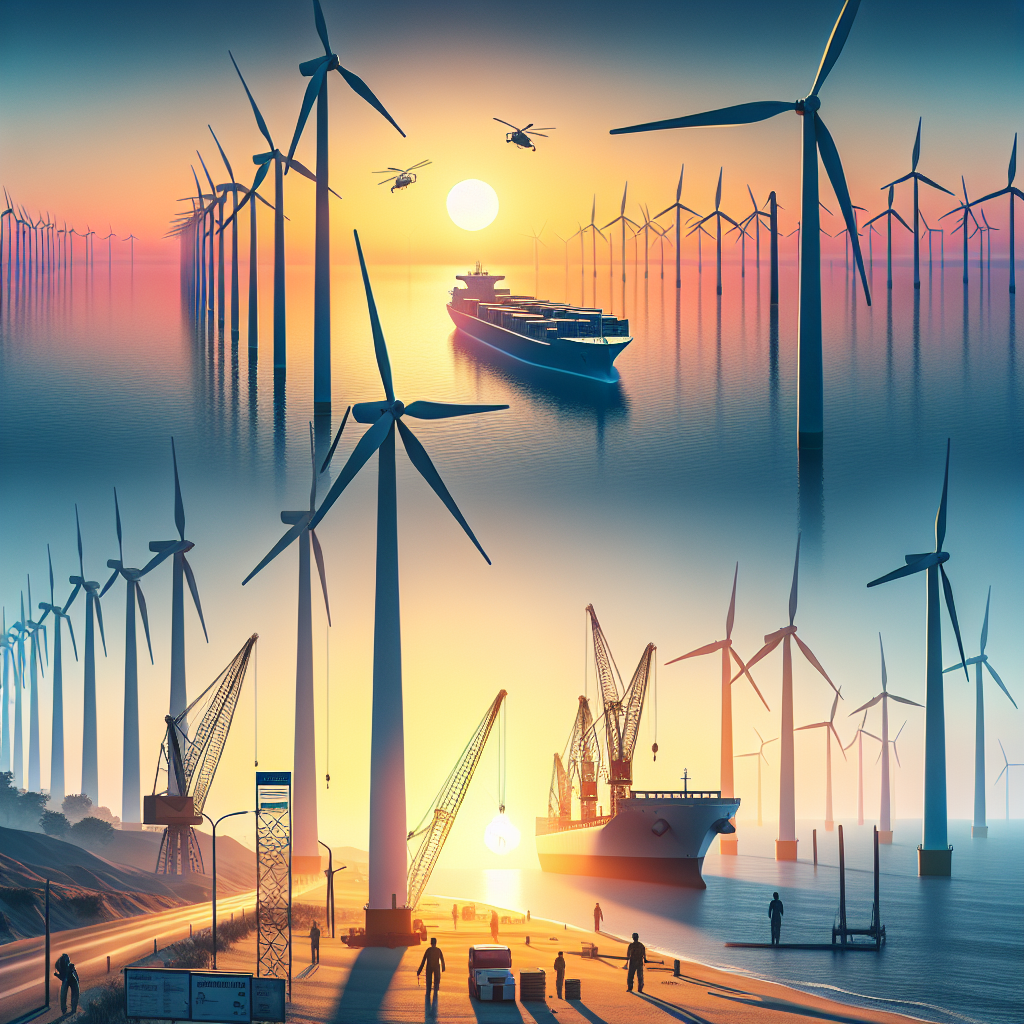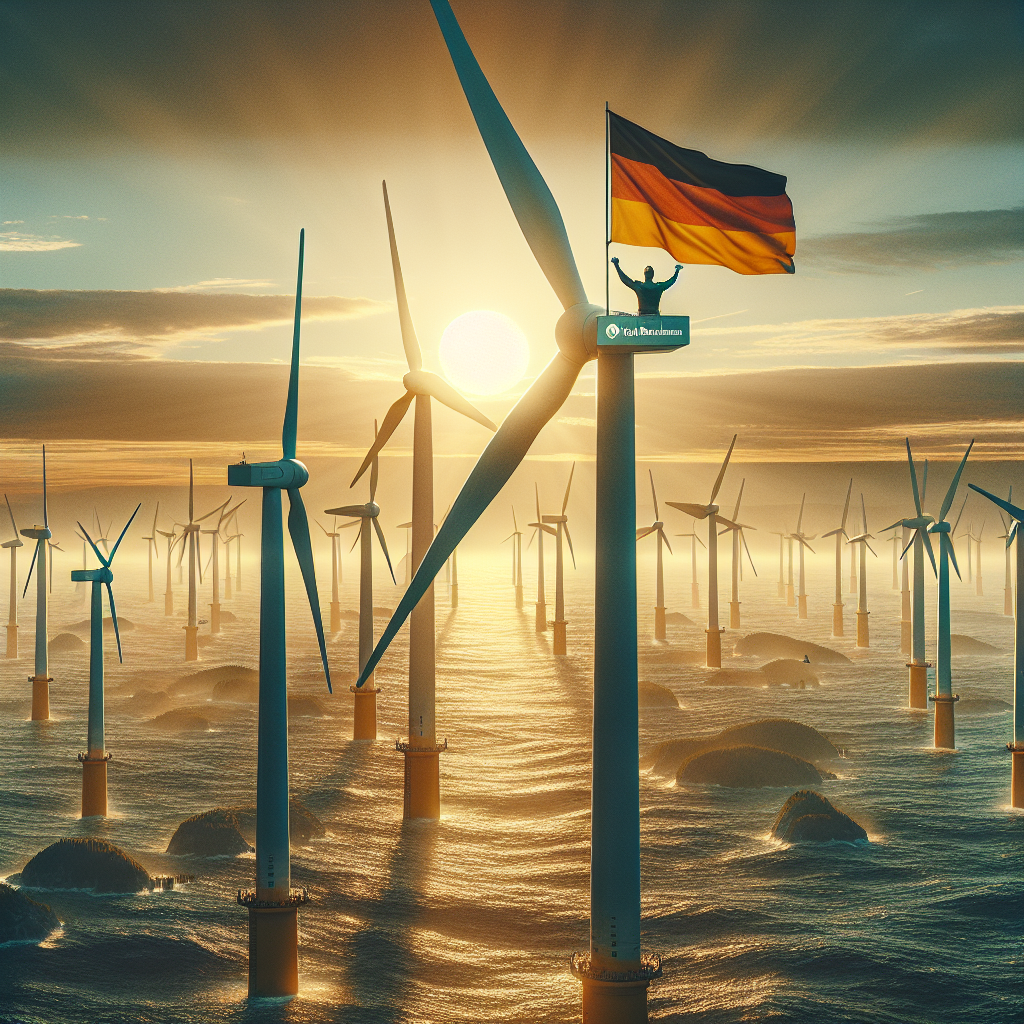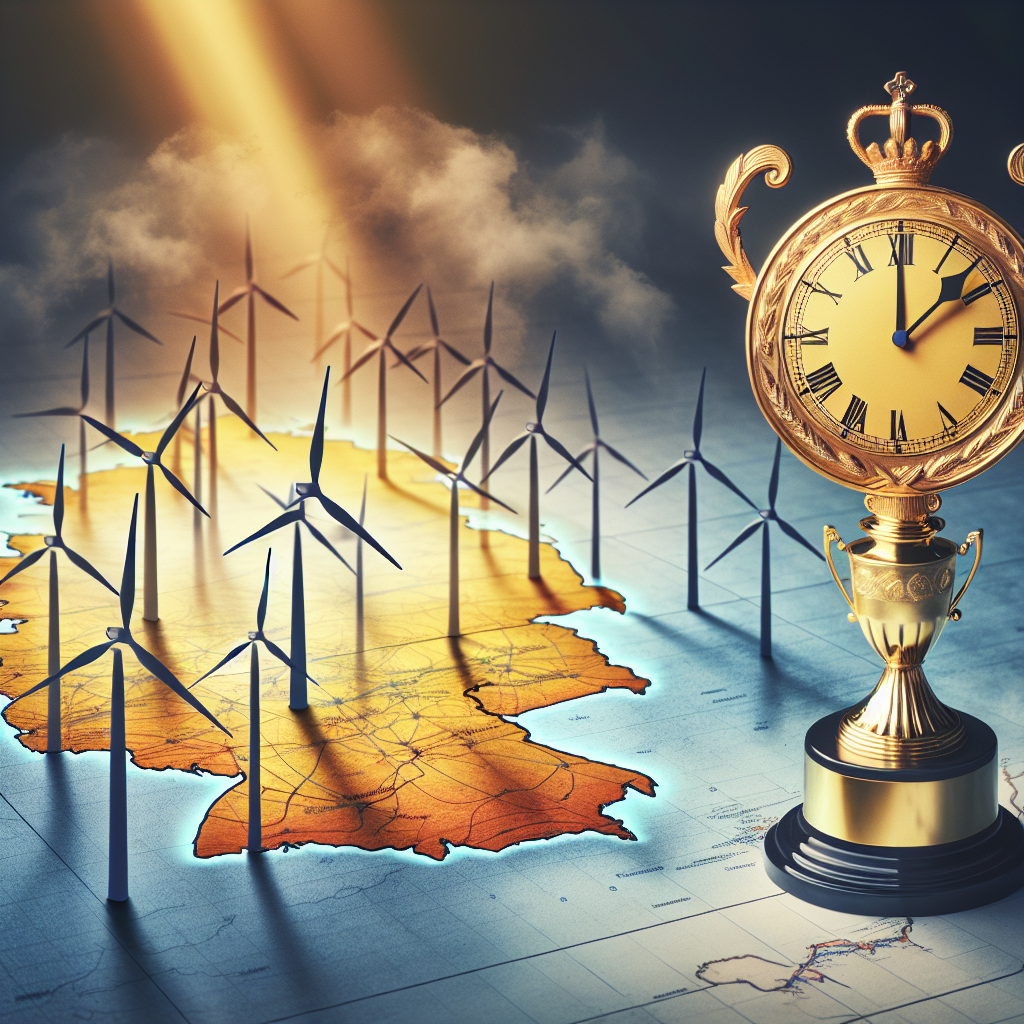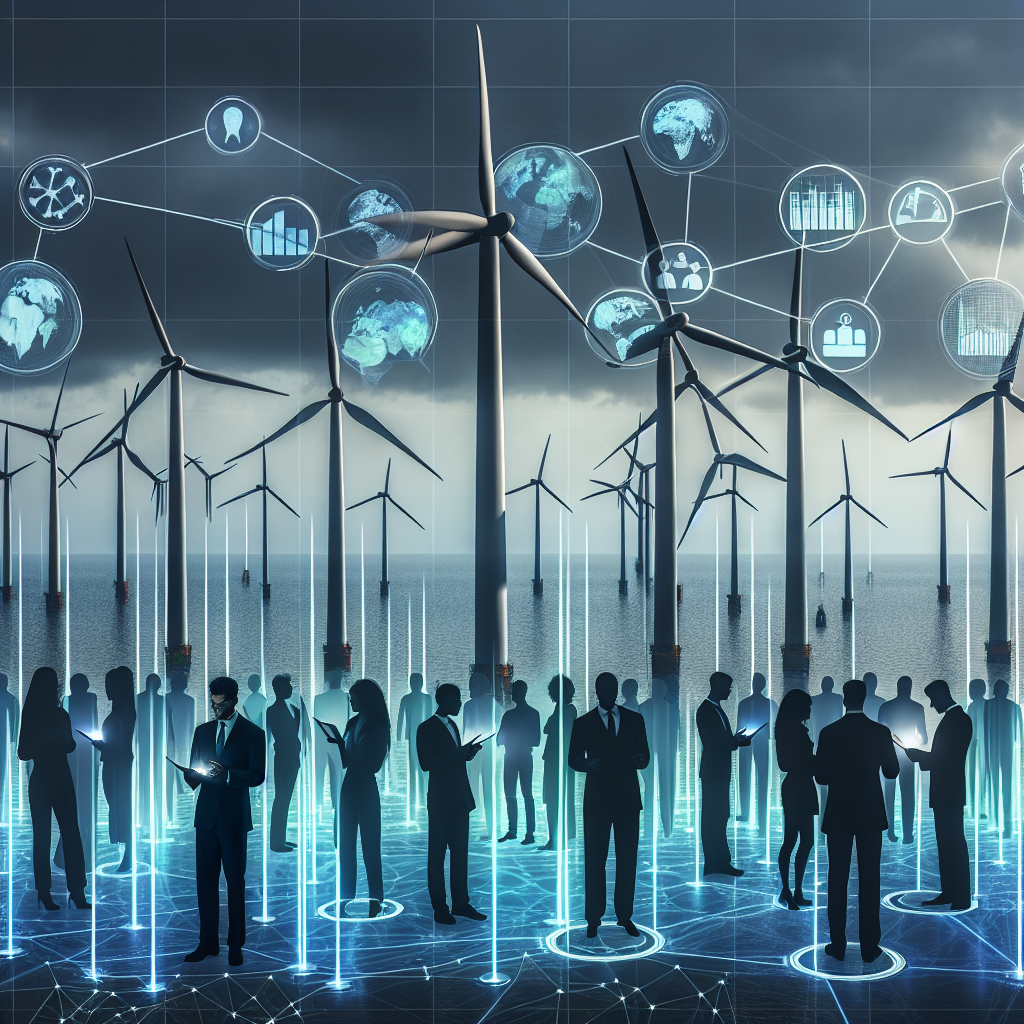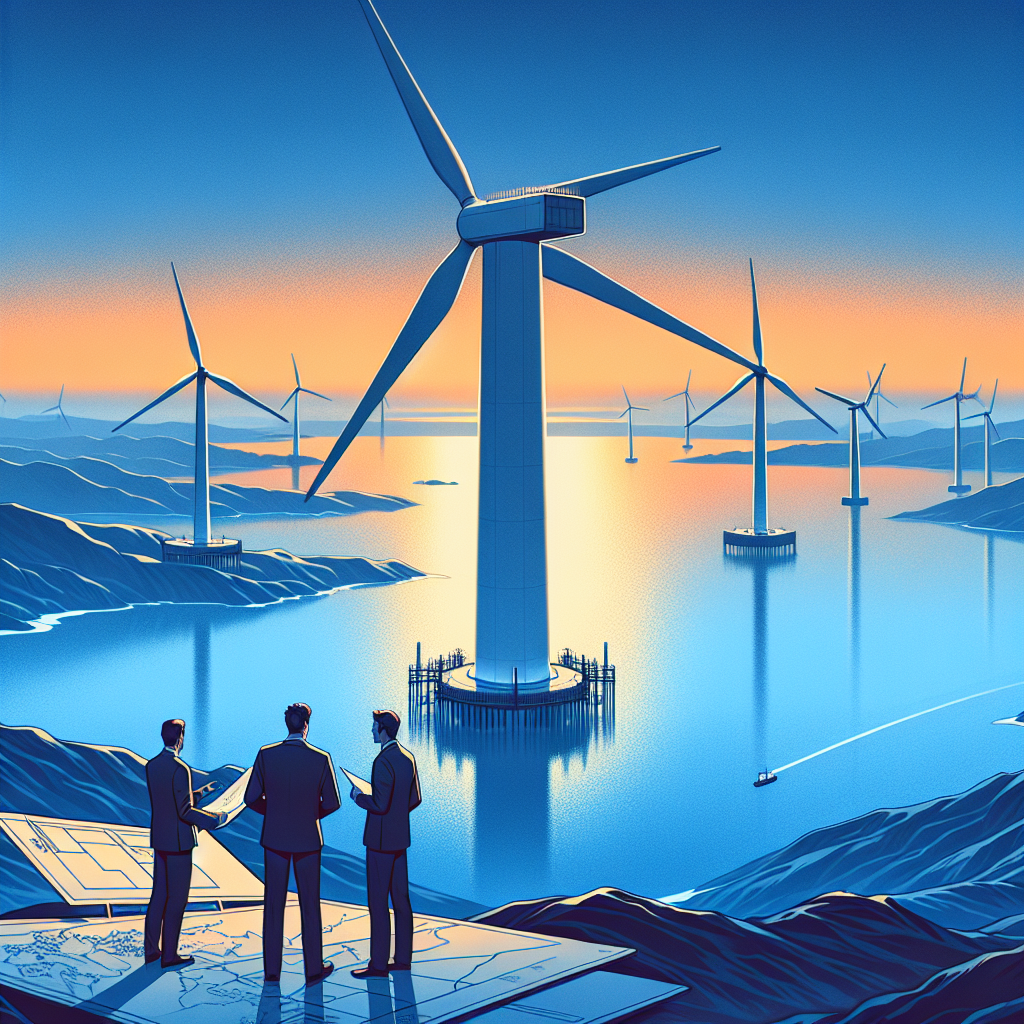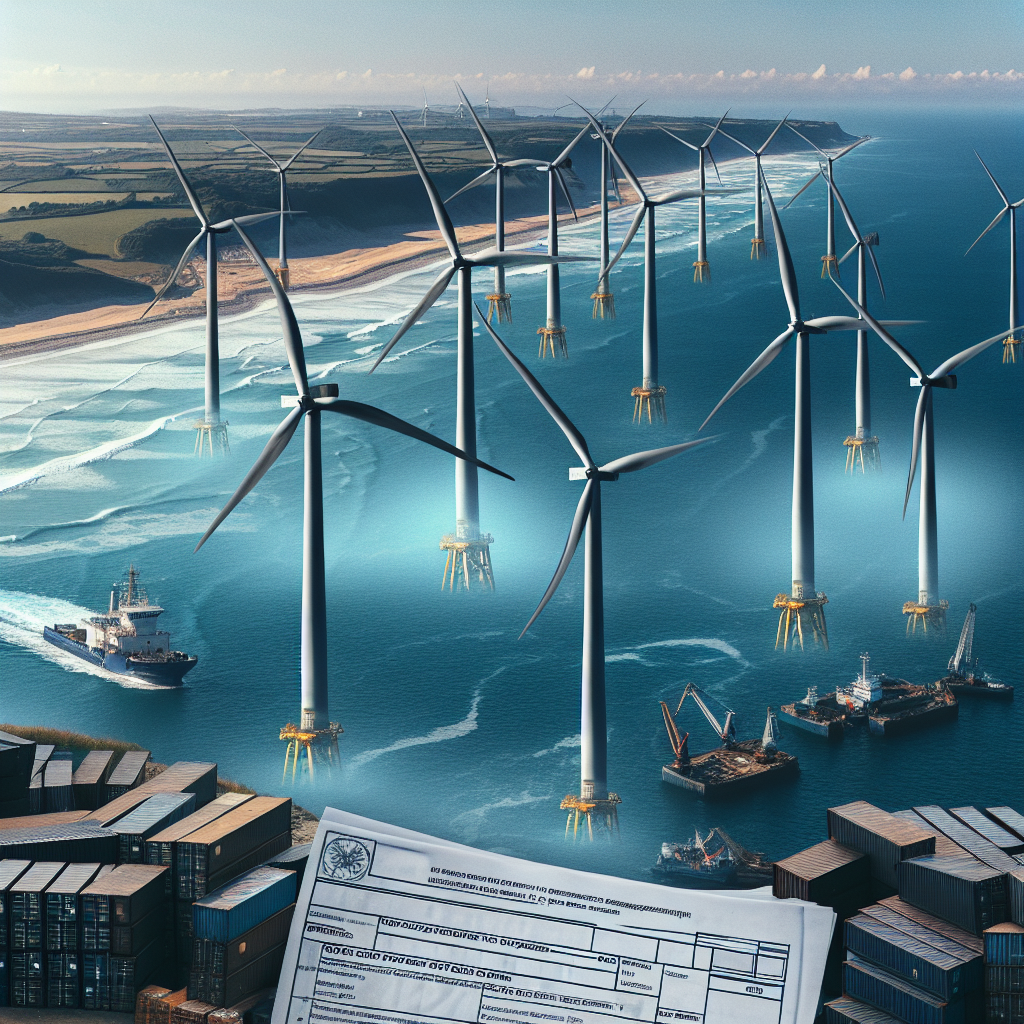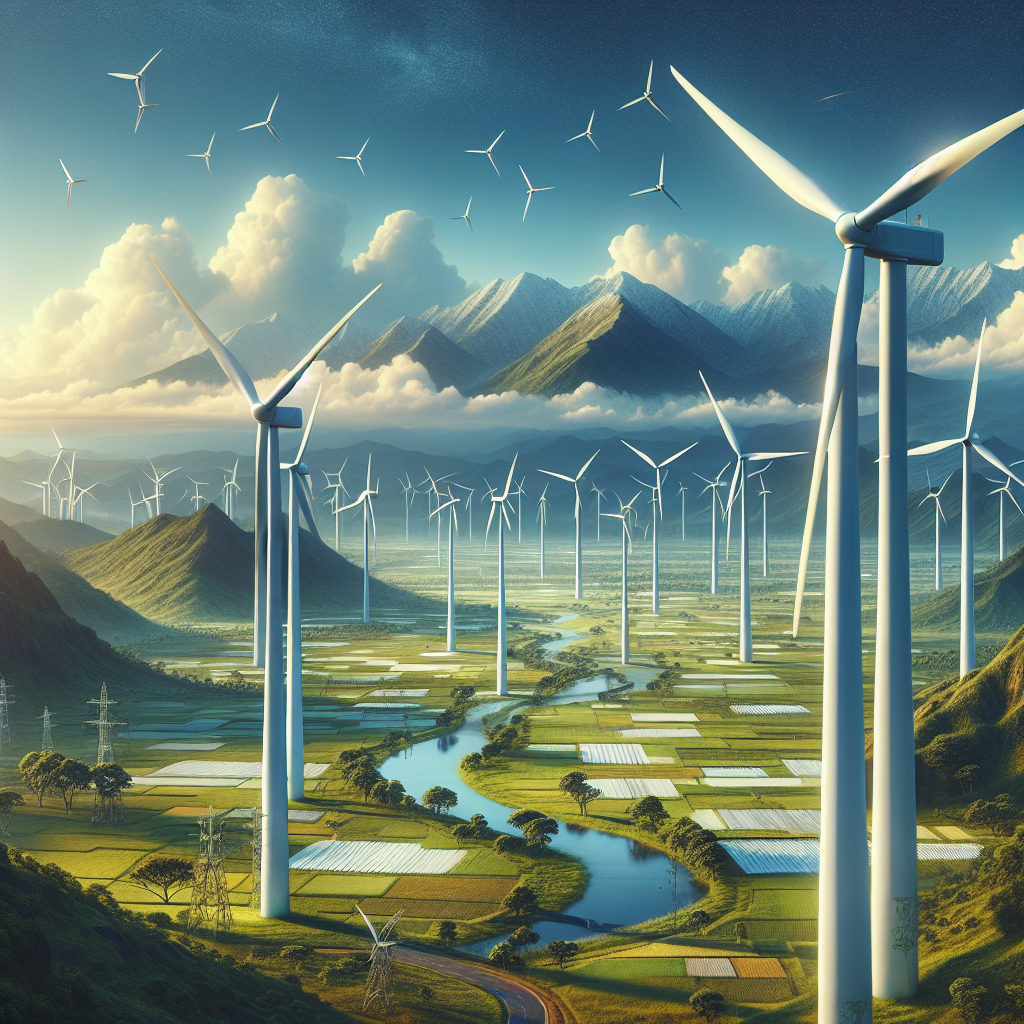-
Table of Contents
- RWE Partners with Amazon Web Services on Renewable Energy Agreement: A Strategic Leap Toward a Greener Future
- Introduction
- Background: RWE and AWS in the Renewable Energy Landscape
- RWE’s Renewable Energy Portfolio
- AWS’s Sustainability Commitments
- The RWE-AWS Renewable Energy Agreement
- Scope and Objectives
- Key Features of the Agreement
- Strategic Implications for Both Companies
- For RWE
- For AWS
- Case Studies: Projects Under the RWE-AWS Agreement
- 1. North Sea Offshore Wind Farm
- 2. Solar Farms in Spain
- 3. U.S. Onshore Wind Projects
- Global Trends in Corporate Renewable Energy Procurement
- Rising Demand from Tech Companies
- Benefits of Power Purchase Agreements
- Challenges and Considerations
- Regulatory Hurdles
- Grid Integration
- Supply Chain Constraints
- Historical Context: Evolution of Corporate Renewable Energy Deals
RWE Partners with Amazon Web Services on Renewable Energy Agreement: A Strategic Leap Toward a Greener Future

Introduction
In a landmark move that underscores the growing synergy between technology and sustainability, RWE, one of the world’s leading renewable energy companies, has entered into a strategic partnership with Amazon Web Services (AWS) to accelerate the transition to clean energy. This collaboration is not only a testament to the increasing demand for renewable energy among tech giants but also a significant step toward achieving global climate goals. The agreement involves long-term power purchase agreements (PPAs) and the development of new renewable energy projects, particularly in Europe and the United States.
Background: RWE and AWS in the Renewable Energy Landscape
RWE’s Renewable Energy Portfolio
RWE AG, headquartered in Essen, Germany, has undergone a major transformation over the past decade. Once heavily reliant on coal and nuclear energy, RWE has pivoted toward becoming a global leader in renewable energy. As of 2023, RWE operates over 10 gigawatts (GW) of renewable energy capacity, including wind, solar, and hydroelectric power. The company has committed to investing more than €50 billion by 2030 to expand its green energy portfolio, with a goal of becoming carbon neutral by 2040.
AWS’s Sustainability Commitments
Amazon Web Services, the cloud computing arm of Amazon, is one of the largest corporate purchasers of renewable energy globally. As part of Amazon’s broader Climate Pledge, AWS aims to power its operations with 100% renewable energy by 2025 and achieve net-zero carbon emissions by 2040. AWS has already invested in over 400 renewable energy projects worldwide, totaling more than 20 GW of capacity.
The RWE-AWS Renewable Energy Agreement
Scope and Objectives
The partnership between RWE and AWS involves a series of long-term PPAs that will see AWS purchase renewable electricity generated by RWE’s wind and solar farms. The agreement includes the development of new renewable energy projects, particularly in Europe, where both companies have a significant presence. The initial phase of the partnership includes a 450-megawatt (MW) offshore wind project in the North Sea and several onshore solar installations in Spain and the United States.
Key Features of the Agreement
- Long-Term PPAs: AWS will purchase electricity from RWE’s renewable assets under multi-decade agreements, providing financial stability for new projects.
- Geographic Diversification: Projects span multiple countries, including Germany, the Netherlands, Spain, and the U.S., enhancing energy security and grid resilience.
- Innovation and Technology Integration: The partnership will leverage AWS’s cloud computing capabilities to optimize energy production and grid integration.
Strategic Implications for Both Companies
For RWE
This partnership provides RWE with a reliable, long-term customer for its renewable energy projects, enabling the company to secure financing and accelerate project development. It also enhances RWE’s reputation as a trusted partner for corporate renewable energy buyers, opening doors for future collaborations with other tech firms.
For AWS
By securing renewable energy from RWE, AWS moves closer to its sustainability targets while ensuring a stable and diversified energy supply for its data centers. The partnership also allows AWS to demonstrate leadership in corporate climate action, reinforcing its brand as an environmentally responsible enterprise.
Case Studies: Projects Under the RWE-AWS Agreement
1. North Sea Offshore Wind Farm
One of the flagship projects under the agreement is a 450 MW offshore wind farm located in the German North Sea. Scheduled to become operational by 2026, the project will generate enough electricity to power over 400,000 homes annually. AWS will purchase a significant portion of the electricity generated, helping to offset the carbon footprint of its European data centers.
2. Solar Farms in Spain
RWE is also developing several solar farms in southern Spain, totaling over 200 MW of capacity. These projects benefit from high solar irradiance and favorable regulatory conditions. AWS’s involvement provides the financial backing needed to bring these projects to fruition, while also contributing to Spain’s national renewable energy targets.
3. U.S. Onshore Wind Projects
In the United States, RWE and AWS are collaborating on multiple onshore wind projects in Texas and the Midwest. These regions offer abundant wind resources and existing infrastructure, making them ideal for large-scale renewable energy development. The electricity generated will support AWS’s growing network of data centers across North America.
Global Trends in Corporate Renewable Energy Procurement
Rising Demand from Tech Companies
Tech companies are among the largest consumers of electricity globally, primarily due to the energy-intensive nature of data centers. As public and investor pressure mounts for climate action, many tech firms have committed to sourcing 100% of their electricity from renewable sources. According to BloombergNEF, corporate renewable energy procurement reached a record 36.7 GW in 2022, with Amazon leading the pack.
Benefits of Power Purchase Agreements
- Price Stability: PPAs offer fixed electricity prices over long periods, protecting companies from market volatility.
- Carbon Reduction: By sourcing renewable energy, companies can significantly reduce their Scope 2 emissions.
- Brand Value: Demonstrating environmental responsibility enhances corporate reputation and customer loyalty.
Challenges and Considerations
Regulatory Hurdles
Despite the benefits, renewable energy projects often face regulatory challenges, including permitting delays and grid connection issues. Governments must streamline approval processes to facilitate faster deployment of clean energy infrastructure.
Grid Integration
As more renewable energy is added to the grid, managing intermittency becomes a critical issue. Advanced forecasting tools, battery storage, and demand response systems are essential to ensure grid stability.
Supply Chain Constraints
The global supply chain for renewable energy components, such as solar panels and wind turbines, is under pressure due to rising demand and geopolitical tensions. Companies like RWE must navigate these challenges to meet project timelines.
Historical Context: Evolution of Corporate Renewable Energy Deals
The concept of corporate PPAs gained traction in the early 2010s, driven by falling costs of renewable energy and growing environmental awareness. Initially dominated by tech giants like Google and Microsoft, the trend has expanded to include companies across various sectors, from manufacturing to retail. The RWE-AWS agreement represents the next phase in this evolution, characterized
